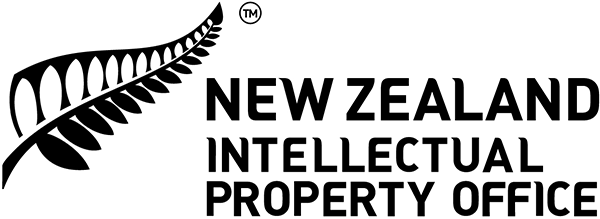Miromoda
Protecting your brand through registering a trade mark is important for all types of businesses, including Miromoda, an annual showcase of Māori fashion! Think project runway but make it Aotearoa. Discover how Ata te Kanawa achieved this.
The opening titles say “Dream it, do it, own it.” Behind them we see a view of the Wellington bays at dawn. A yellow bus and some cars drive around the coast.
The narrator, Ata te Kanawa says, “Expect the unexpected, so in the fashion world, the bloggers, the writers, love that! We see her seated at a desk on a deck overlooking Whanganui-a-Tara, typing on her computer, inspecting fabric samples.
“It puts huge pressure on us, because we have to come up with something different. We know we’re delivering on that.”
The scene changes to an interview crew setting up. Ata walks over and sits down, ready to be interviewed. A striking Miromoda fashion show poster on the wall behind her.
“My name is Ata te Kanawa, I’m Ngāti Maniapoto. I’m the co-founder of Miromoda.” The Miromoda brand shows briefly on screen, then we return to the interview with her.
“Miro, is the raranga term for weaving, and it means the twining of fibre.” The scene changes to catwalk shots, clothing shots, behind the catwalk scenes of staff working.
“Moda is Italian for fashion.” “The idea to get Māori fashion into New Zealand Fashion Week happened about twelve years ago, with a meeting that Creative New Zealand supported. Dame Pieter Stewart, founder of New Zealand Fashion Week attended, and she has since been our biggest supporter.”
The scene returns to the interview with Ata.
“So at first, I didn’t prioritise trademarking.” We see a denim jacket over a black tee shirt with the Miromoda ‘M’ on it. “I’ve got a good friend and she is a trade mark attorney. She strongly recommended that I register and own the trade mark.”
“Māori fashion and design students are strongly encouraged to enter our competition”. We see Ata leading a workshop with Māori fashion students. “The Miromoda showcase at New Zealand Fashion Week is definitely the launch pad for our designers.
“Before mum was a weaver, she was actually a trained tailor’s assistant. My mum was a huge inspiration”
We see a book cover, called Weaving a Kākahu, by Diggeress te Kanawa. and samples of muka weaving.
“And that is definitely why Miromoda is what it is.”
“My sister, who is now a textile conservator, and I, we were designing our clothes at a very young age. We had a fantastic machinist. We thought everybody did that.”
“The first show was very emotional” says Ata. In the shot we see preparations for a fashion show and then the show going off.
“On the morning of the first show, Sir Howard Morrison had died. It had also been a year since my mother had died. So we had two opera singers, Māori opera singers, open our show. They did a mihi, both to mum and Sir Howard Morrison. Everyone was a crying mess by about the second designer (on the catwalk).
We return to seeing Ata looking over the harbour. It’s misty and she is looking into the distance.
“I think that, ironically, the new thing, is the old thing. Sustainability, so second hand shops, op shops, clothes with whakapapa.” The scene changes to catwalk models dressed in clothes developed from second hand materials.
The credits come up, saying “Own your ideas” and then the final screen is the Intellectual Property Office of New Zealand brand.
View more case studies
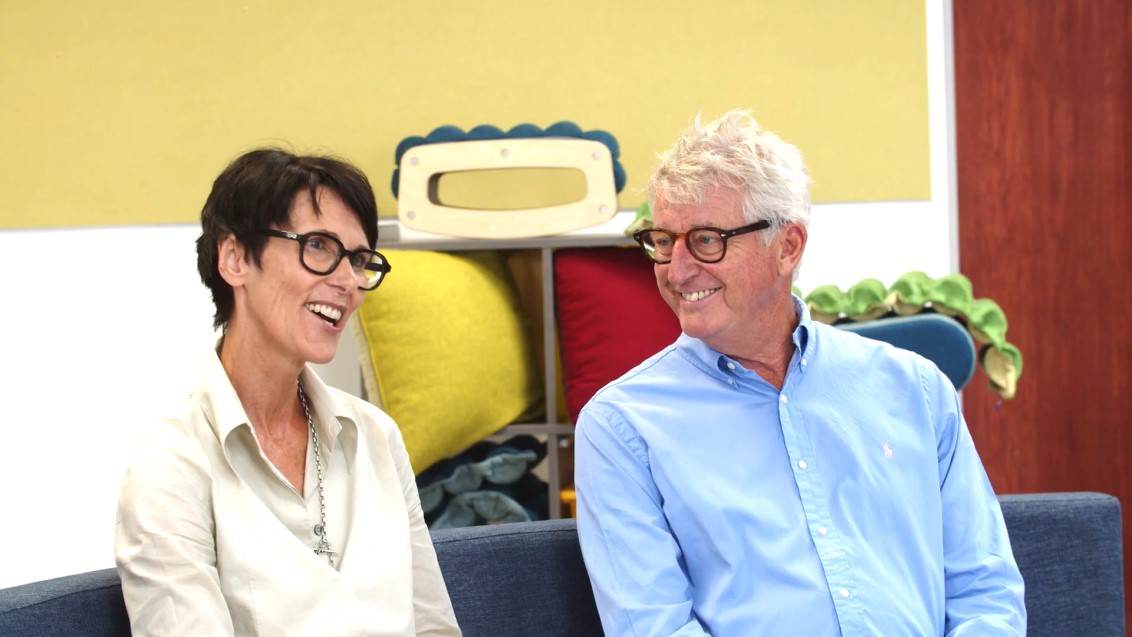
Resero specialise in classroom furniture that helps kids achieve more at school.
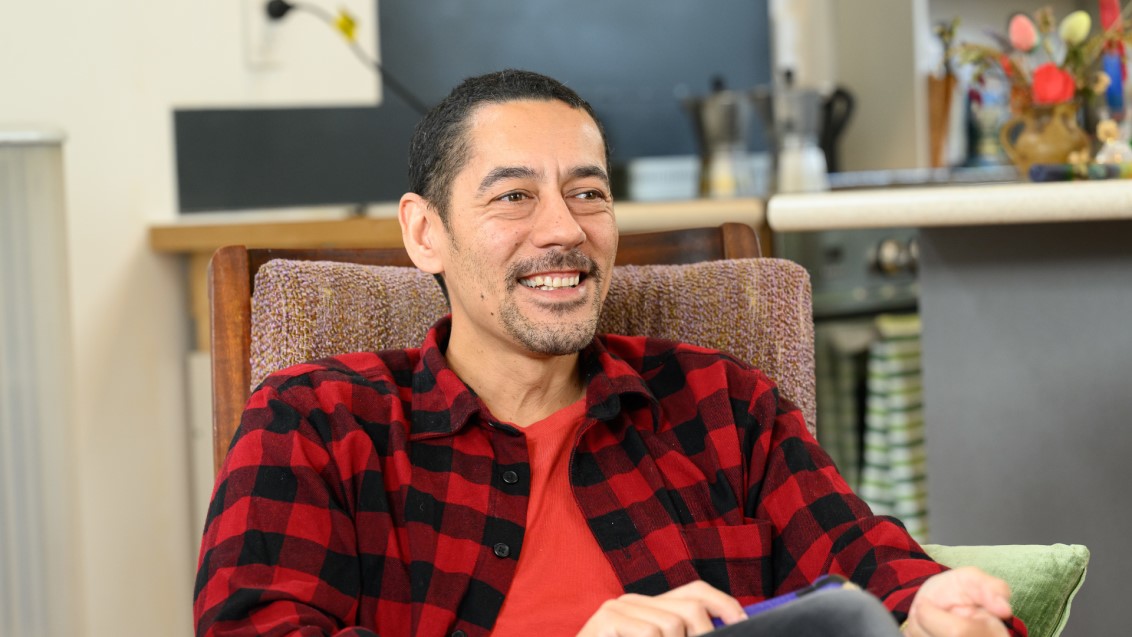
Based in the hills of Wellington, Paku honours mātauranga Māori in the creation of tools for children.
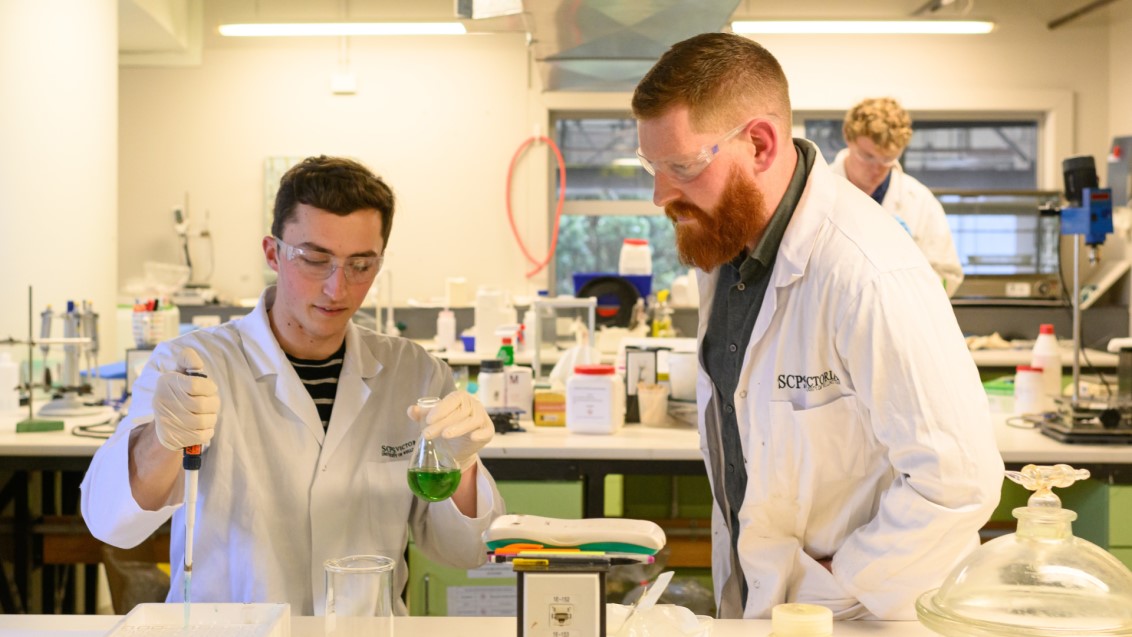
Eldon Tate knew he needed to protect his world leading antimicrobial technology before going to market.
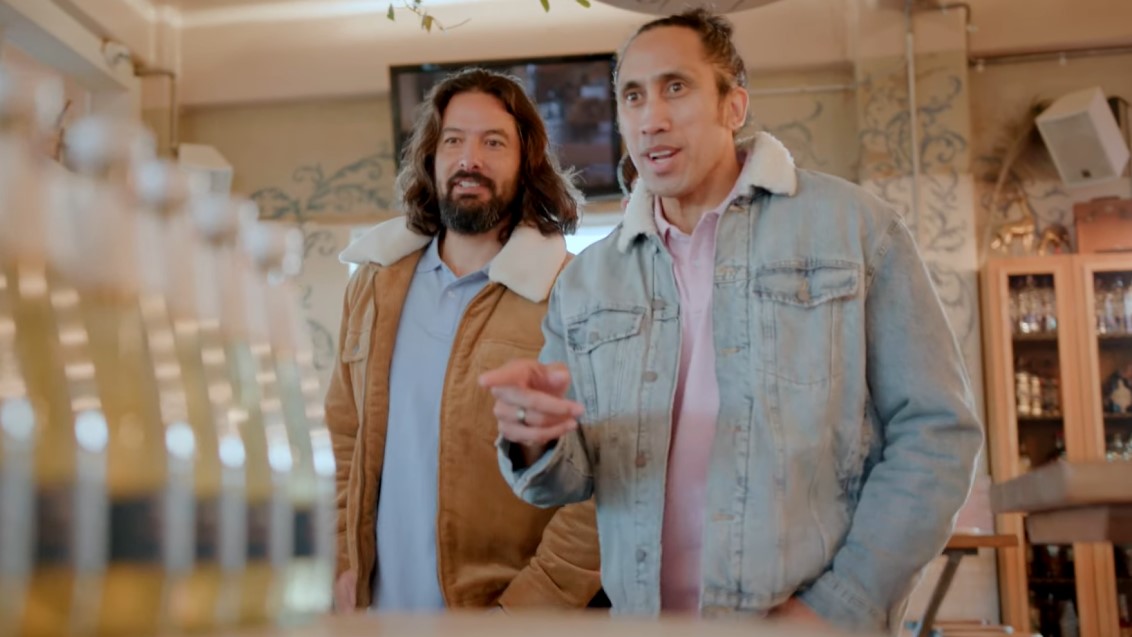
Wai Mānuka. A locally-sourced, premium, non-alcoholic beverage dreamed up by 3 friends at a party.
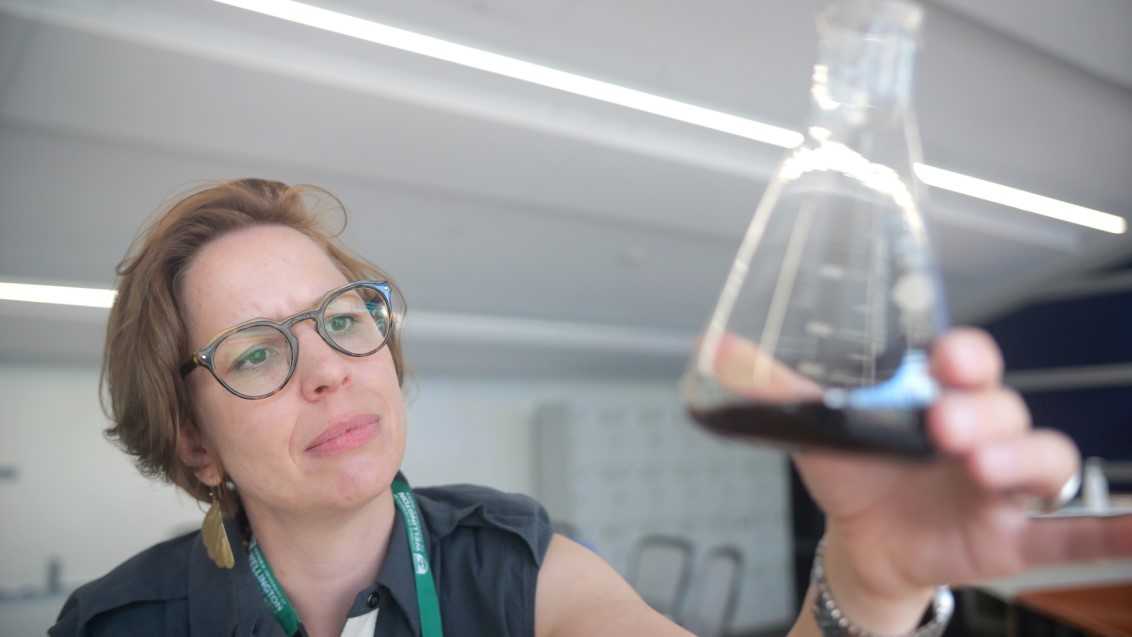
Evithé Biotechnology tackles the inflammation process by applying the ways plants defend themselves.
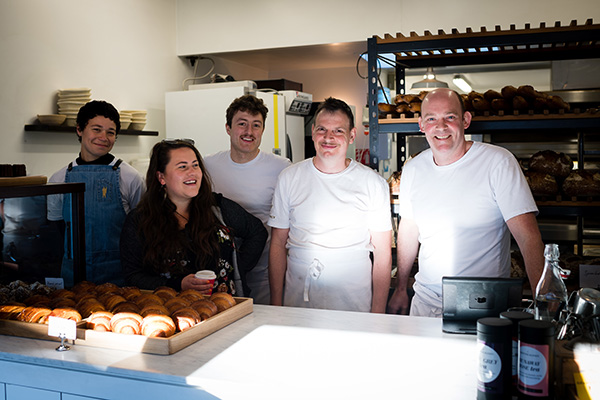
Registering their trade mark early meant Baker Gramercy’s brand was protected as their reputation for authentic, fresh-baked goods took off.
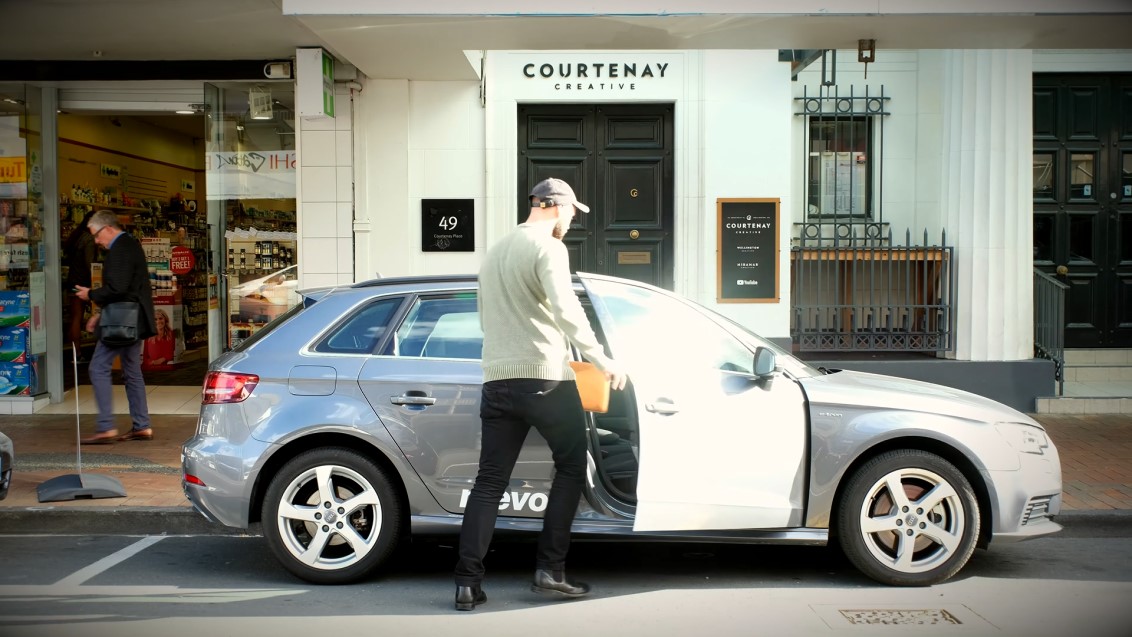
Gaining thir own trade mark, and licensing other brands’ software IP, this unique car rental company got moving faster than ever.
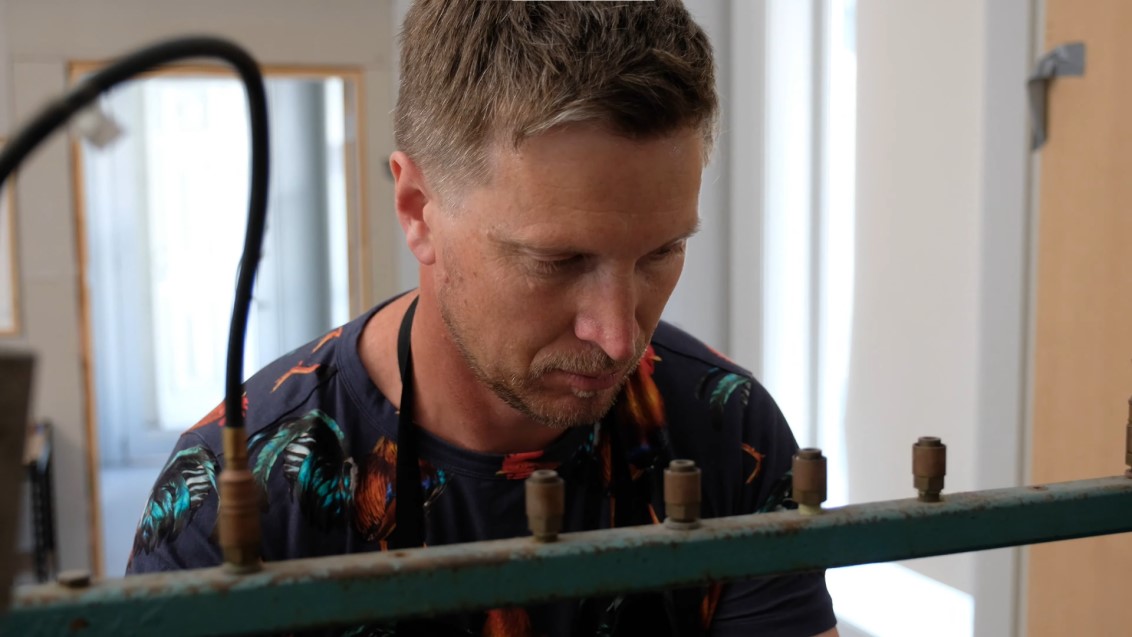
With their distinctive wallpapers and screen printing in high demand, find out how PaperHands protected their reputation with a registered trade mark.
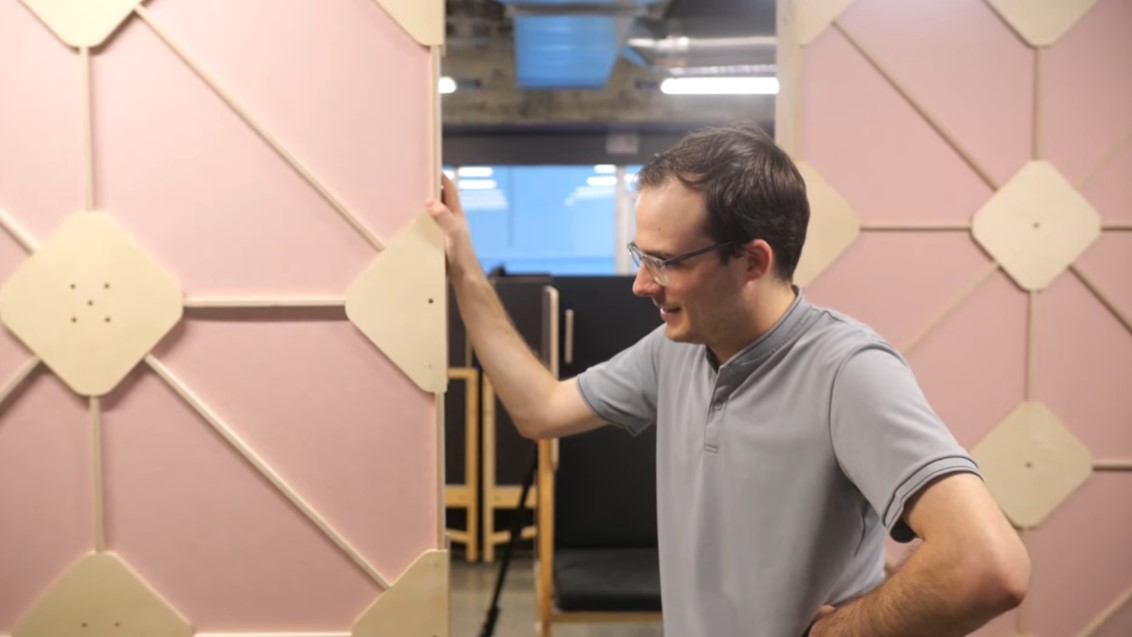
An innovative building frame idea gained XFrame a registered design, and a lesson on the importance of timing for patent protection.
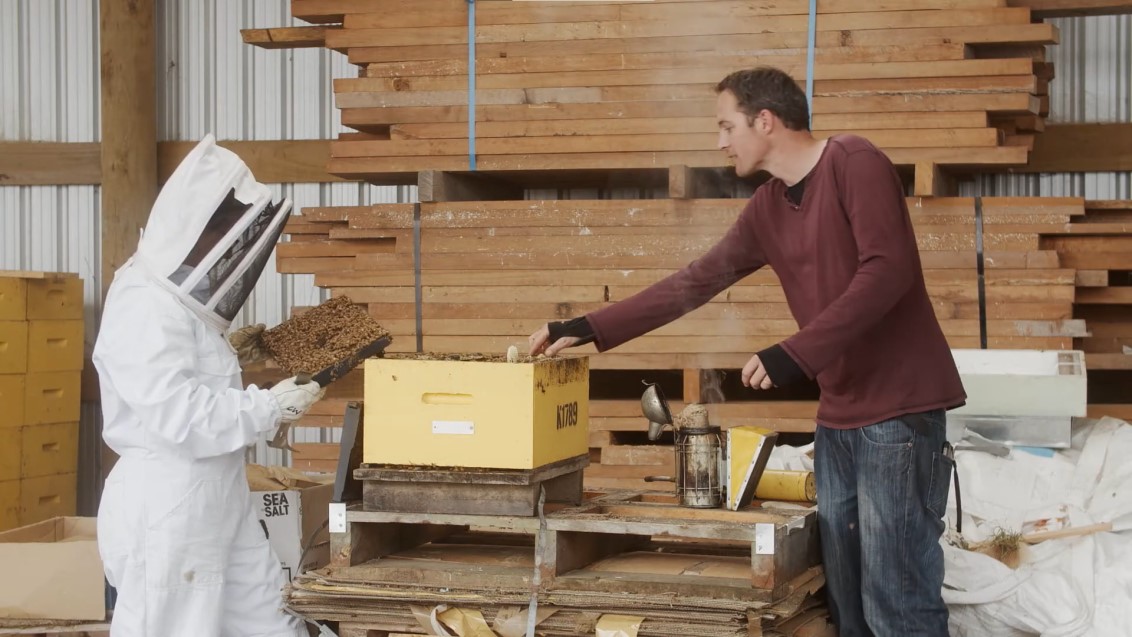
A newfound love for beekeeping sent Julian McCurdy on a mission to create new tech to monitor beehive health.
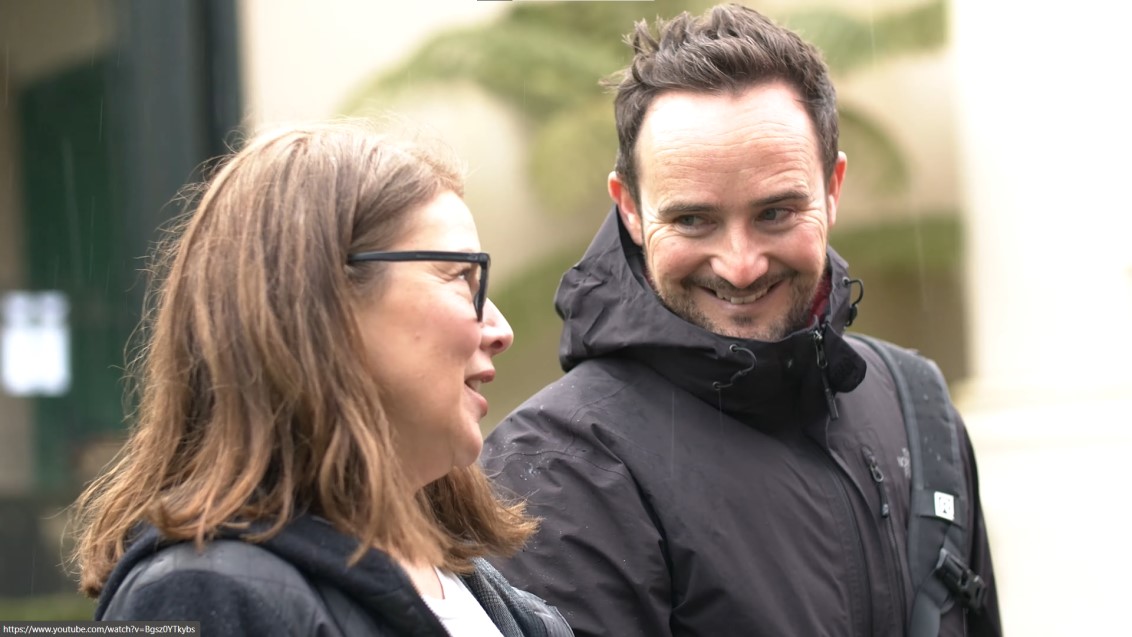
Kind is the new cool. A small Wellington based team make it easy to give one percent of your income to some smaller, cool, Kiwi-based charities.
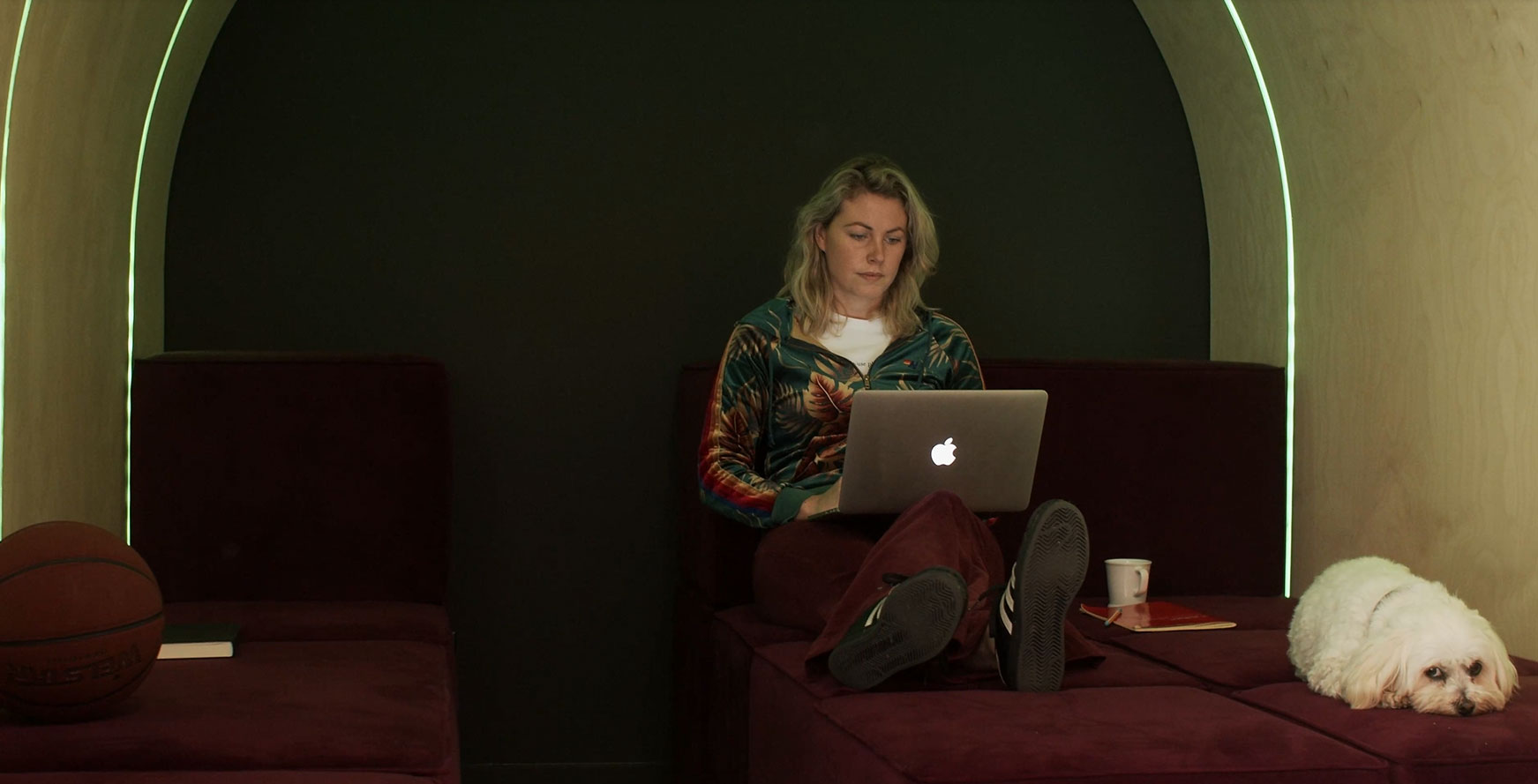
Story telling using immersive virtual reality; creative design agency Wrestler is pushing the limits with the help of IP.
